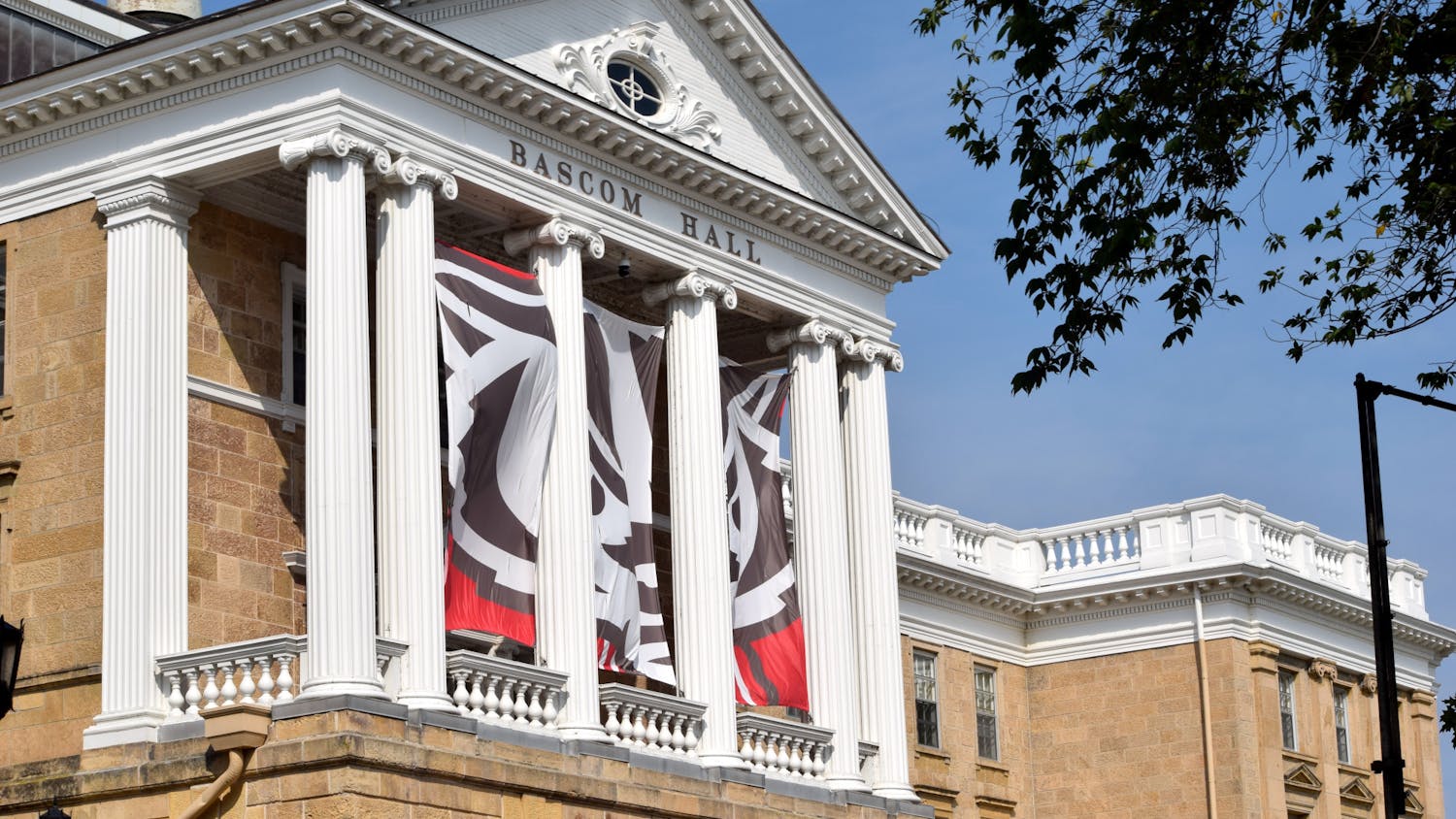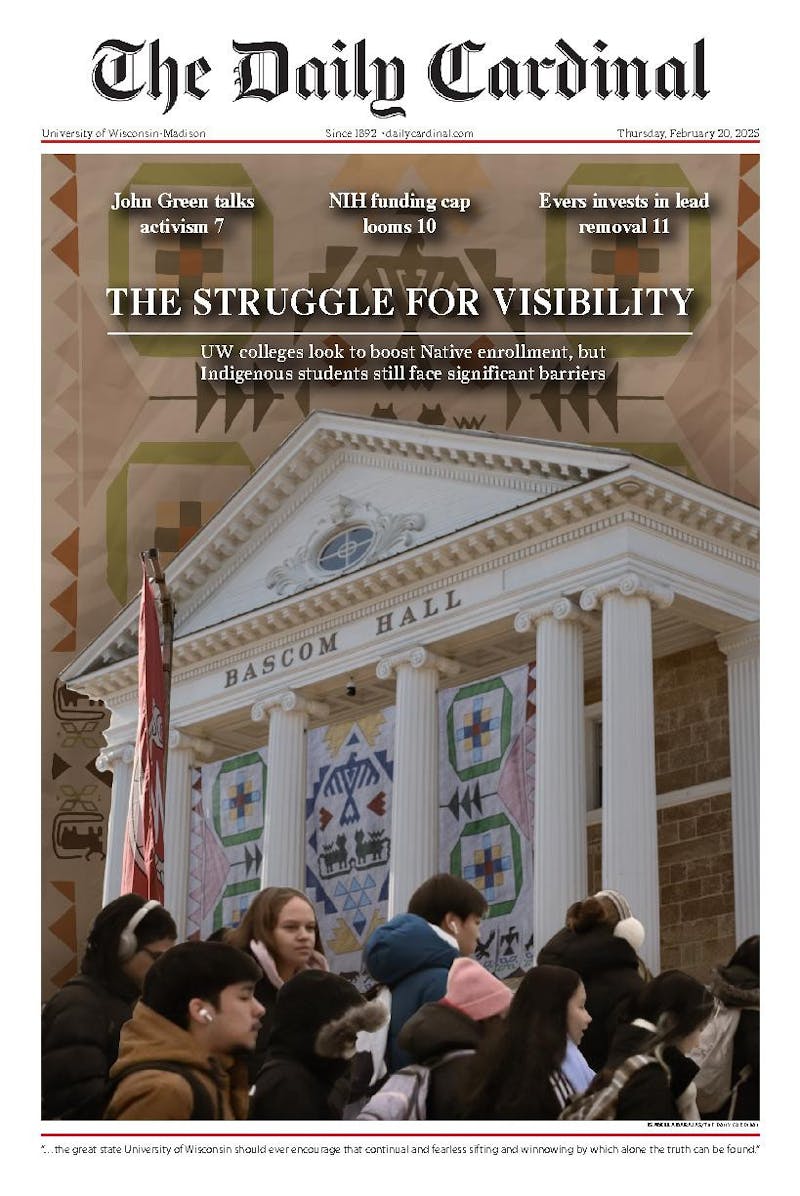In recent years, the taxi industry has been taken by storm by newcomers such as Uber and Lyft. With their user-friendly apps, strong customer service and cult following among youth, these companies seem like the wave of the future when it comes to getting from Point A to Point B. However, there is more than meets the eye when it comes to these companies, and maybe you should second-guess your decision on how you’re going to get to that party before you call Uber.
With electronic hailing apps such as Uber and Lyft being so new, they are on the cutting edge of a new industry that has yet to be regulated. Although this can be a good thing, and can spark more contemporary policies for a forward-driving industry, it can also have its drawbacks when it comes to the safety and well-being of its users. For example, it is much harder to become a taxi driver than it is to become a driver for an e-Hail service.
Although policies regarding taxi driver certification differ across the country, many cities require their drivers to pass a thorough background check and a health exam to make sure they have no conditions that could potentially endanger passengers. Also, many cities require drivers go under extensive driving courses, sometimes even including defensive driver training. Once they have completed these steps, they may take the city’s formal taxi certification exam, where they are tested on the city’s routes, landmarks and more. These exams vary in difficulty; for example, the notorious test in London requires anywhere from two to four years of studying to pass, while exams in the United States are less strenuous.
Despite the many hoops that hopeful cabbies have to jump through before they can legally hit the roads, these precautionary steps ensure the safety of riders and the community. The path to becoming a driver for a rideshare company, however, is notably less difficult. Until recently, Uber drivers were not even required to undergo background checks and drivers with a history of sexual assault or other violent crimes were driving passengers who were none the wiser. However, the company has since revised its policy, at the expense of the consumer. Uber users are charged one dollar “Safe Driver Fee” for every ride, which covers the added cost of completing driver background checks. But the real question is, should consumers be the ones paying for the luxury of their safety, or is their safety their right? Why should Uber offset the cost of running a safe and reliable service onto its customers, when it is truly its responsibility to ensure that its drivers are qualified?
Additionally, rideshare companies have been under fire for denying service to handicapped individuals. Neither Uber nor Lyft require their drivers to make their cars handicapped accessible and both companies are currently being sued in a class-action lawsuit for violating the Americans with Disabilities Act. There have been reported incidents of drivers putting passenger’s guide dogs in the trunk of their vehicle and of drivers noticing that their passengers were handicapped and subsequently abandoning them. This lack of regulation is not only horrifically discriminatory, but morally wrong. Companies who claim to be on the cutting edge of a new industry and who praise themselves for their customer service should not be so glaringly hypocritical by alienating an entire community from their service.
Taxi services, however, are required by law to offer handicapped accessible services. While wheelchairs might not easily fit into a sedan or other small vehicle, companies have larger vans that are equipped to handle people with wheelchairs. While service might not be on-demand for users who wish to have handicapped accessible vehicles, they are guaranteed a ride, which is more than e-Hailing services can offer.
Although the sleek look and modern concept of companies like Lyft and Uber can be intriguing and convenient, users should be armed with the facts before they choose to use them. These companies are on the bleeding edge of a new field, and governmental policies do not yet apply to them. So, if you want to be safe, you might want to memorize the Yellow Cab number.
Samantha is a freshman majoring in communication arts and journalism. Have you used an Uber before? Do you agree with Samantha’s views? Please send all comments, questions and concerns to opinion@dailycardinal.com.





